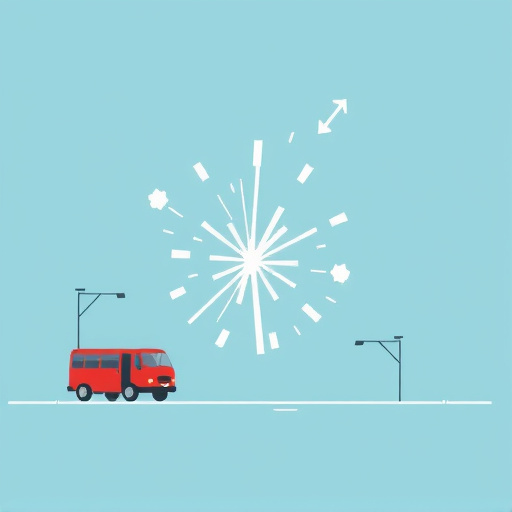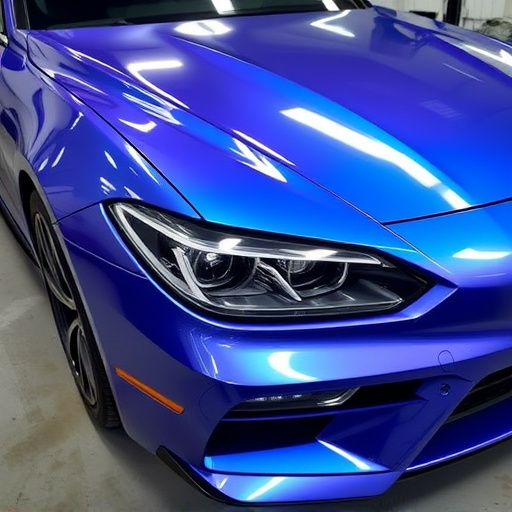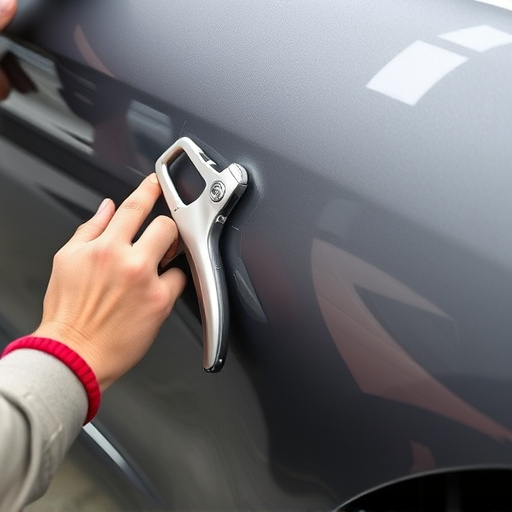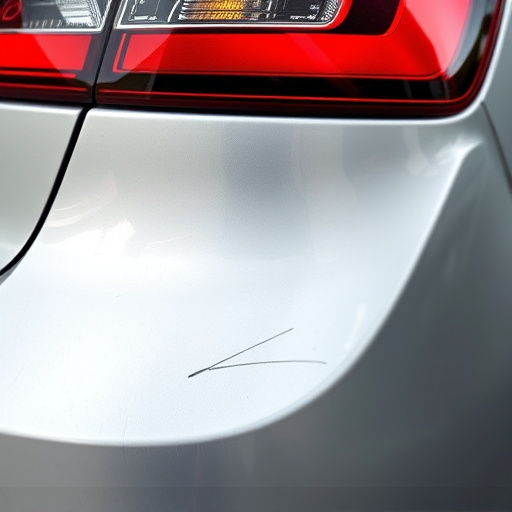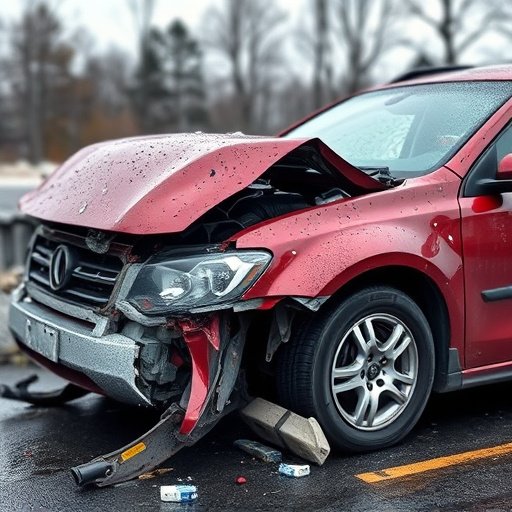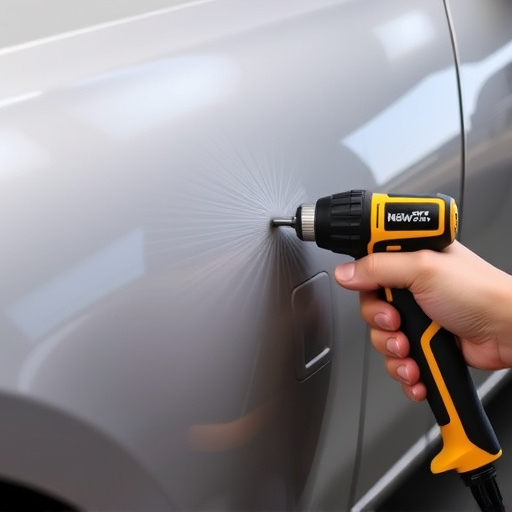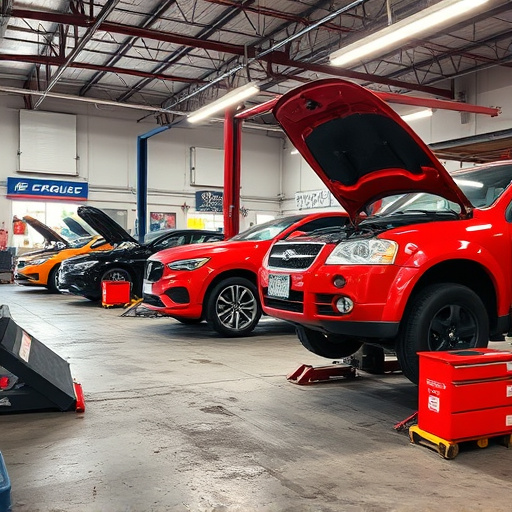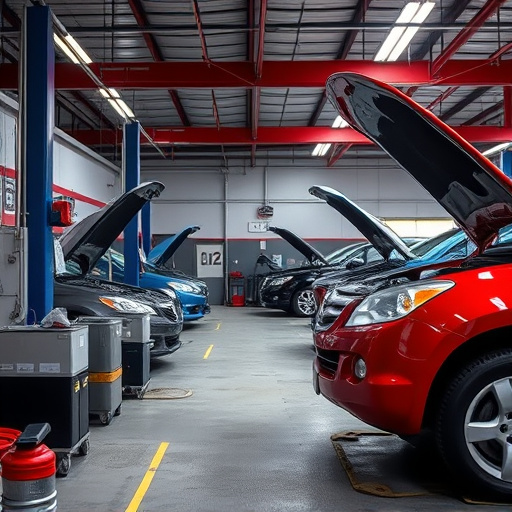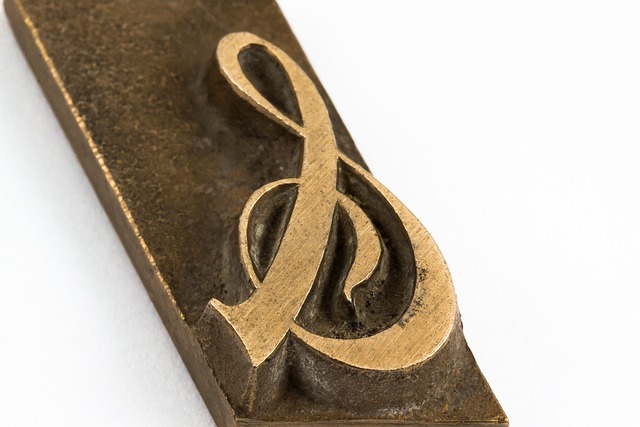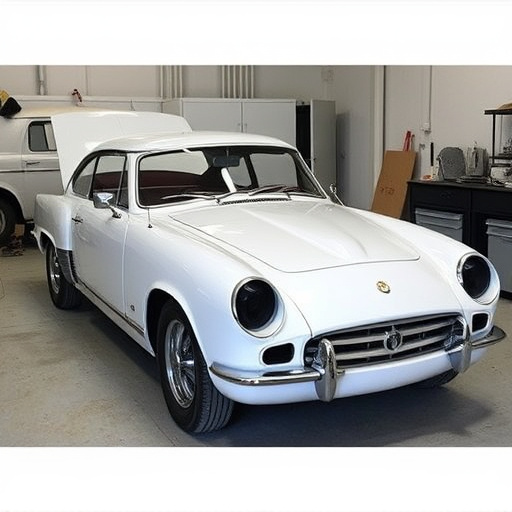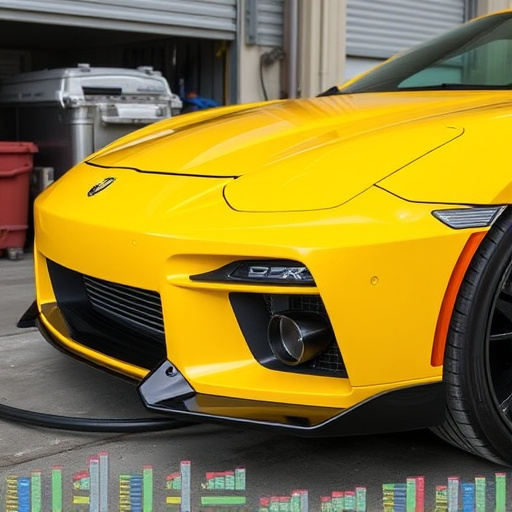Long-distance travelers need proper panel alignment procedures for optimal vehicle performance and safety. Regular adjustments of body panels prevent increased wind resistance, reduced fuel efficiency, and irregular ride quality. This is crucial for varying terrain and weather conditions, enhancing aerodynamics, handling, and reliability. Before alignment, prepare with essential tools and a clean work area. Maintain peak condition with regular inspections, testing, and maintenance for smooth travel.
Long-distance vehicle owners often face unique challenges, especially when it comes to maintaining optimal performance. This article delves into the crucial aspect of panel alignment procedures essential for ensuring your vehicle is ready for extensive travel. We’ll guide you through understanding the significance of alignment, assembling the necessary tools, and providing a detailed step-by-step process to perfect your vehicle’s handling and safety features. By following these practices, you can extend your vehicle’s lifespan and enhance your long-distance driving experience.
- Understanding Panel Alignment for Long-Distance Travel
- Essential Tools and Preparations for Alignment Procedure
- Step-by-Step Guide to Ensuring Optimal Vehicle Performance
Understanding Panel Alignment for Long-Distance Travel
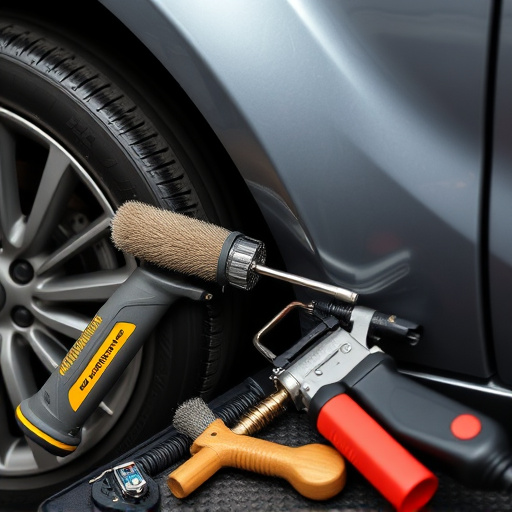
Understanding Panel Alignment for Long-Distance Travel
For long-distance vehicle owners, panel alignment procedures become crucial to ensure optimal performance and safety during extended journeys. Panel alignment refers to the precise adjustment of a vehicle’s body panels—including doors, hoods, and fenders—to maintain their original specifications. This is especially important after potential incidents like car dent removal or hail damage repair at a vehicle body shop. When driving long distances, even minor misalignments can lead to increased wind resistance, reduced fuel efficiency, and an uneven ride quality.
Regular panel alignment procedures help detect and correct any deviations that may occur over time due to various factors such as road conditions, routine wear and tear, or previous repairs like hail damage repair. By keeping these components aligned, long-distance drivers can take advantage of improved aerodynamics, better handling, and increased overall vehicle reliability. This is particularly significant for those navigating challenging terrains or experiencing frequent weather changes during their travels.
Essential Tools and Preparations for Alignment Procedure
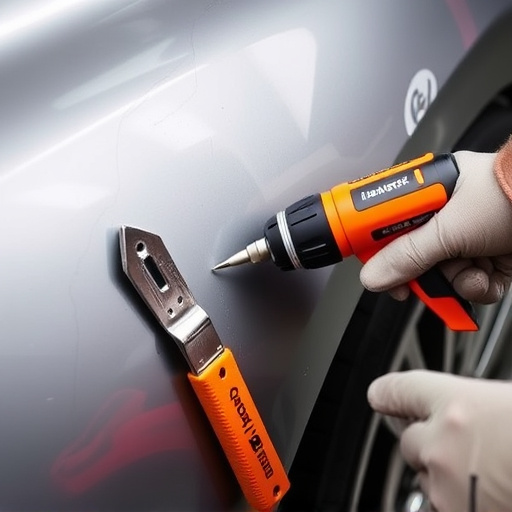
Before beginning any panel alignment procedure, vehicle owners should assemble a kit containing essential tools necessary for accurate adjustments. This typically includes a set of socket wrenches in various sizes, impact drivers, and ratchets. Additionally, a torque wrench is crucial to ensure correct tightening torques for each component. Marking gauges and measuring tapes are also valuable assets for precise dimensions. These tools will enable you to perform collision repair services effectively, ensuring that your vehicle’s panels are aligned perfectly.
For a seamless body shop service experience, proper preparation is key. Clean the work area thoroughly, removing any debris or dirt that might interfere with measurements. Ensure adequate lighting for clear visibility during the alignment process. Having the right tools and a clean workspace facilitates efficient panel alignment procedures, resulting in high-quality vehicle repair services and a satisfactory final product.
Step-by-Step Guide to Ensuring Optimal Vehicle Performance
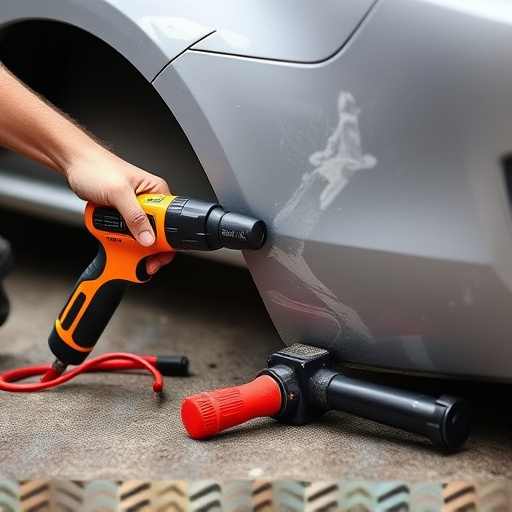
Maintaining optimal vehicle performance is paramount for long-distance journeys, and panel alignment procedures play a pivotal role in this endeavor. Here’s a step-by-step guide to help owners ensure their vehicles are in top shape:
1. Inspect for Damage: Before embarking on any journey, meticulously check your vehicle for any dents or paint defects, especially if you’ve been involved in previous accidents or encountered challenging road conditions. Addressing these issues early through professional dent repair or luxury vehicle repair services is crucial for both aesthetics and structural integrity.
2. Perform Panel Alignment Check: Once damage is assessed and repaired (if necessary), it’s time to perform a comprehensive panel alignment check. This involves ensuring that all exterior panels, from the hood to the doors and trunk, are properly aligned and fitted. Even minor misalignments can lead to vibration, noise, or compromising fuel efficiency over long distances.
3. Use Advanced Tools: Utilize specialized tools designed for panel alignment procedures to accurately measure and adjust panel gaps. These tools ensure precise adjustments, mimicking the factory specifications, thereby enhancing overall vehicle performance and contributing to a smoother ride.
4. Visual Inspection and Testing: After making adjustments, conduct a thorough visual inspection. Check for any signs of uneven paint jobs or misaligned body components. Additionally, test drive the vehicle at different speeds to verify that there are no peculiar noises or vibrations, indicating potential alignment issues.
5. Regular Maintenance: Incorporate panel alignment procedures into your regular vehicle maintenance routine. Over time, factors like extreme weather changes and normal wear and tear can impact alignment, leading to reduced performance. Regular checks and adjustments ensure your luxury vehicle remains in top condition for long-distance travel.
Panel alignment procedures are essential for long-distance vehicle owners to ensure optimal performance and safety. By understanding the importance of this process, gathering the necessary tools, and following a step-by-step guide, drivers can navigate their vehicles confidently through long journeys. Regular maintenance, including panel alignment, is key to preserving your vehicle’s integrity and ensuring a smooth travel experience.


